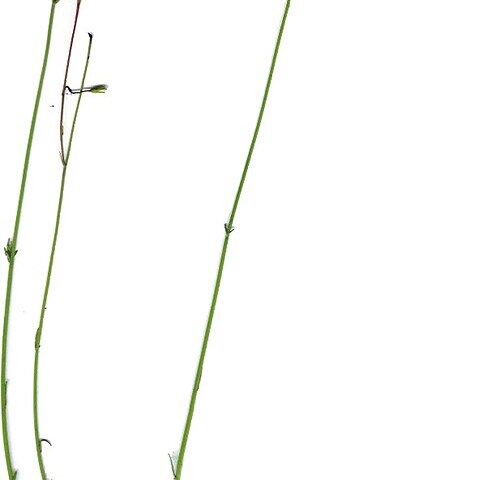Perennial. Stem 3-60 cm, glabrous or hairy, or only pilose in the lower part. Leaves linear to elliptic, the lower ones usually tending to be broadest, decreasing in size upwards, 1/5-5.5 cm by 0.5-5 mm. Inflorescence 1-to few-flowered. Pedicels 1-15 cm. Calyx lobes 3-5, linear-lanceolate, acute or ± obtuse (China), usually entire, sometimes sparsely dentate, usually about as long as the corolla tube, sometimes shorter or up to twice as long, 0.8-4 mm. Corolla tube 1-5 mm, lobes 3-5, ovate or elliptic, acute or acuminate, 1.2—7(?) mm. Anthers narrow, 0.5-2.5 mm long; basal part of the filaments about pentagonal or obtrapezoid, abruptly narrowed, the upper portion filiform, 0.8-2 mm. Ovary obconical bell-shaped, 2-3-celled; 1-5 mm; style 1.6-5 mm; stigma 2-3-lobed. Fruit obconical to bell-shaped, 2-3-valved, 1.5-10 by 1-5 mm.
A low herb. It grows up to 60 cm tall with a strong tap root. The stem has several thin upright branches. The leaves are very small and thin. They are spoon shaped with a few teeth along the edge. They are 10-40 mm long by 2-8 mm wide. Clusters of blue flowers grow at the end of the branches.

